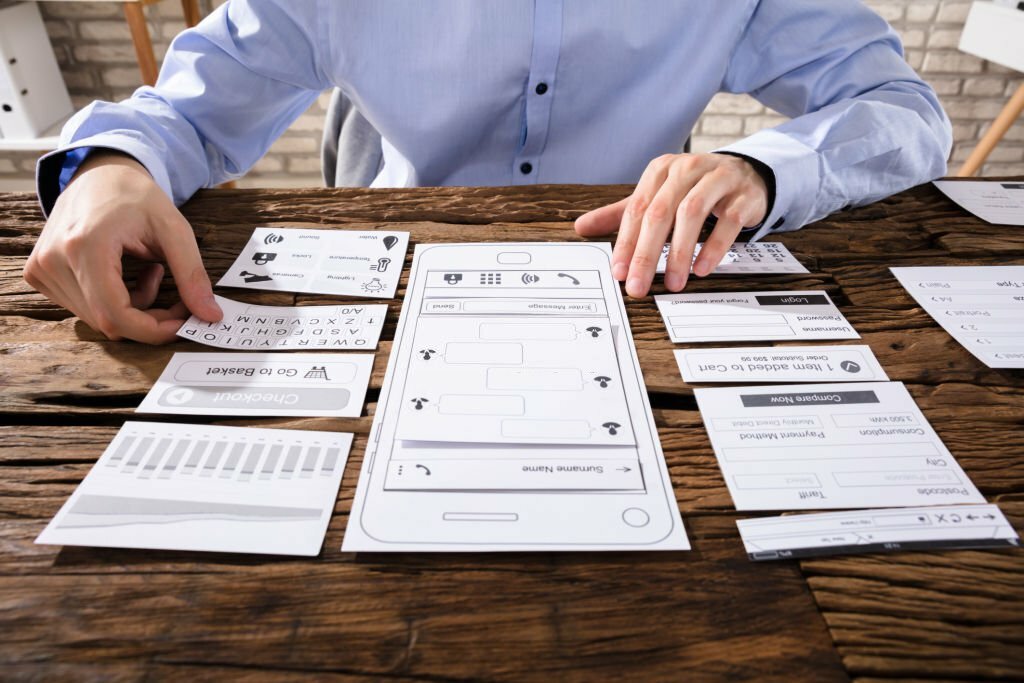Facilitation Training in Dublin

Facilitation Training
No matter what type of facilitation training you do, preparation is the key. How to prep for workshops, requirement refinement, meetings, retrospectives etc.
The best preparation is to come up with a vision for the workshop. I have a simple 5 step model for training, I call it AIDED. The model highlights preparation; it’s not about how to run the workshop. Good workshops run themselves, but a great seminar needs organisation.
The model ensures that as a facilitator you are prepared and have visualised the results. No big deal if it doesn’t work out as planned but you can get the ball rolling and keep it moving if things get stuck. It’s also about the journey to becoming a fantastic facilitator. There are many layers to AIDED that you need to build-on with experience.
So when you are dropped in it and asked to facilitate, we have the model to calm the nerves and get working on it.
A: Ask. The questions to ask
I: Interaction. The type of interaction you are looking for in the workshop.
D: Discussion. What kind of discussion format do you expect?
E: Evaluation. What type of evaluation are you expecting?
D: Decision or outcome that you want to achieve.
Ask
A list of question that you can ask at the workshop. Later, I discuss how to formulate outstanding questions; there’s a bit of an art to this. Initially, you’ll probably need about 5 or six items to debate. Not sure where to start, ask the attendees or other stakeholders what topics they want to be explored or answered. Even if you know this already it’s a great idea to ask participants directly again. It involves them and perhaps gives them ownership in the workshop outcome.
Interaction
How do you want the interaction to go? There is a vast number of possible ways that you want the communication to go. You need to pick the way that works for the question, the audience and what you the facilitator can control. Brainstorm, go round, smaller groups, fish bowl, shout out, whiteboard, Pair Share. We have plenty more to explore and learn.
Discussion
Or sometimes I say delivery. How do we create a forum to get to the bottom of the topic. You’re subsequently handing it over to the floor to work through it. Again the range of techniques here is vast. You may need to try a few from the tried and trusted cause-effect diagrams, affinity or more sophisticated Liberating Structures.
Evaluation
The facilitator needs to ensure that the attended have worked through an evolution of the items discussed. What are the options, how do they compare, this can be contentious. However, as a facilitator, you’ve got them working through it.
Decision
We have wasted our time if we don’t get to a conclusion. As a facilitator, you should prepare for the decision and mobilise the authority to decide in the room. We are passionate about this learning outcome.
There are many layers to facilitation training; AIDED can help you build a roadmap to get it right. I’ll post a few more expansions of this in the coming weeks.






